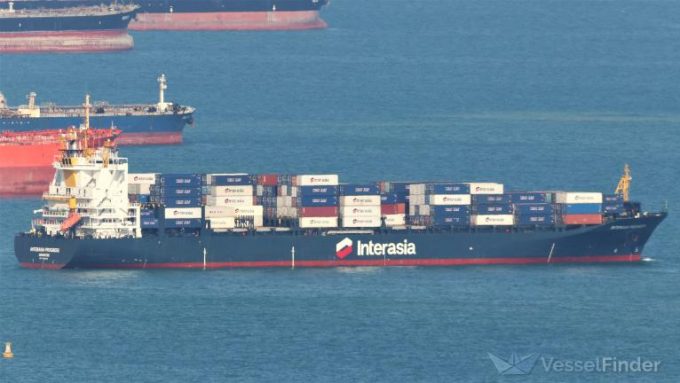Some ro-ro operators carry on sailing, even as Red Sea conflict heats up
Some ro-ro operators are chancing their vessels transiting the Red Sea, just as the crisis ...

The cascading of smaller box ships to more-lucrative long-haul lanes has created a shortage of vessels for intra-Asia trades.
A meeting of representatives of the Korea Shipowners Association, Korea International Trade Association and domestic feeder operators, such as Sinokor, Namsung and Pan Ocean, heard that the lack of tonnage was giving exporters a hard time, as it had driven intra-Asia rates to rise fourfold from last year.
The Shanghai Containerised Freight Index showed that, on 12 ...
Keep our news independent, by supporting The Loadstar
Volume surge and an early peak season? 'Don't celebrate too soon,' warning
Ecommerce likely the front-runner in resurge of transpacific trade after deal
China-US trade tariff pause could drive a rebound for transpacific rates
Shippers should check out the 'small print' in China-US tariff cuts
Service chaos from trade ban with India a problem for Pakistan shippers
Carriers impose 'emergency operation' surcharges on Pakistan cargo
15% rebate for box ships as Suez Canal Authority woos carriers
White House u-turns see freighters flying but keep logistics players on their toes
MSC Antonia, a casualty of the epidemic of GPS area-denial
Volga-Dnepr claims 'pirate' Canada has 'hijacked' its stranded aircraft
Maersk joins peers with emergency surcharges on Pakistan cargo
IATA to downgrade air cargo growth forecast 'to something more sustainable'
Hapag-Lloyd: a 'pretty good first quarter' – but trend for 2025 'pretty uncertain'
Peak season or recession? Forwarders and shippers need to 'stay flexible'
Trade war ‘armistice’ unlikely to lead to volume surge, says forwarder

Comment on this article